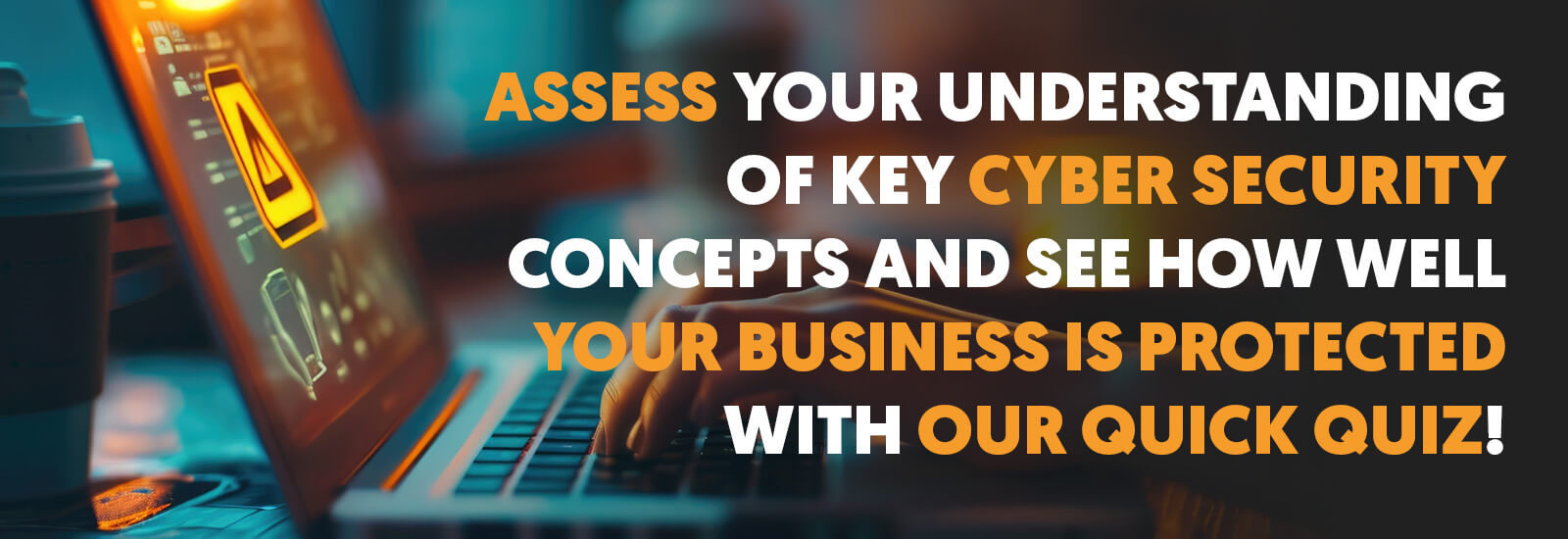David Baskerville, Baskerville Drummond: Getting the most from your IT and avoiding the hype

The legal IT market can sometimes fail to deliver the hype which we’re supposed to believe about new technology creating a disillusion which can hinder progress. In fact, it can often resemble the Gartner Hype Scale.
Often, new technology is developed, and its capabilities are demonstrated to the market, which triggers a steep rise in expectation. They peak before it comes crashing down under the realisation that this technology, although promising, is probably some years away from mainstream adoption.
Over time, expectations slowly begin to rise again as we realise the potential until it becomes normalised.
David Baskerville likens it to the Dotcom boom, There was tremendous hype, but then consumers became disappointed. However, the ideas people were excited about did come to fruition, albeit in a much longer time frame than those expected.
David was Head of IT, and then Director of Operations and IT at Tollers Solicitors, before establishing Baskerville Drummond, who specialise in assisting law firms with IT strategy and projects. David is also MBA qualified and a member of the British Computer Society (BCS) with Chartered IT Professional status.
He continues, In the year 2000, we were discussing watching TV anytime on any device, but the reality is that this has only happened over the last two to three years.
One of the significant reasons then that law firms fail to drive value in their IT, is perhaps because of misplaced attention.
What seems to catch most of the legal IT headlines is artificial intelligence and, to a lesser degree, blockchain. The enthusiasm shouldn’t be dampened though. It’s expected that progressive innovations may be born through these technologies, and indeed, we are beginning to see some come to market.
However, for most law firms, it is mainly an academic conversation.
So, what can firms do today and over the next few years to drive value from their IT?
David Baskerville suggests firms should focus and put IT into two categories: commodity and value-add IT:
Hosting, network and connectivity fall under the category of commodity. Firms should ensure that a strategic long-term is taken on these areas to deliver total cost-effectiveness.
Whereas support, helpdesk and applications are where law firms have the greatest potential to deliver high value-add IT to their business. And within some of these technologies, we’re starting the journey of enlightenment on the Gartner Hype Scale.
The right combination of focus and appreciation can deliver high-value-added technologies for firms.
Delivering high-value IT
We’re seeing people adopting practice management systems properly now. We’re beginning to see firms benefiting from mid-market practice management systems which have accounts, time recording and billing all within one system which people are starting to use. So, there is a dramatic reduction in paper-based practices.
There are also technologies readily available for law firms, but for other reasons, are yet to be fully adopted.
Mobility still hasn’t taken off for law firms. But why people don’t work more flexibly than they do is due to cultural reasons rather than technological. But that’s beginning to change.
David continues to explain why there hasn’t been the uptake we should have seen with the proper use of practice management systems:
Several firms tried it and failed to implement it correctly. But now some firms are starting to use it properly and are benefiting from it. The current hype in the market is AI, but actually what we’re seeing is people starting to use case creation and joined up data which flows between systems.
That may sound very low key from an IT technology point of view, but I’m excited that this technology, which has been around for a long time. It’s now starting to be used and not just talked about.
The Future
With consideration of the hype scale, and how these technologies can skew our views of the truth, David muses on the reality over the next few years with regards to legal IT.
I think we’ll see over the next few years firms changing their solutions as market pressure becomes ever greater, then we’ll see a lot of inward-looking work on business processes, continuous improvement and making those new solutions work.
Once firms have achieved that, then there will be a move towards greater levels of automation, not necessarily AI, but online engagement, client portals and that type of consumerisation. So, we may stop relying on letters and emails and instead implement the proper use of client portals, with the client doing part of the process themselves.
On the larger scale, firms will start to focus on 6-sigma process improvement, applied to the legal process in volume areas properly. There will also be a greater push for mobility due to the cost of office space continuing to rise, coupled with the decreasing need for lawyers to be in the office due to the use of new technology.
So, we’ll see some changes in how people work as well.
It seems then when it comes to legal IT, it’s yesterday’s technology which is the present, and today’s technology is the future.
Back to News & ResourcesRelated news
Book a free online consultation
We love talking to businesses and understanding what they do and what they need. If you'd like to book a short, no obligation consultation, please provide us with your details. We understand that you may already have an IT company, consultant or team, so all contacts are treated as completely confidential. A fresh new IT approach could begin here...
Keep connected
Newsletter signup
News & Resources
Get latest updates, downloads and white papers.

